
Starting now
On Saturday I started some Chilli seeds. They are currently in heated propagators in a grow tent where the temperature is controlled to be between 28 and 32 degrees Celsius. I expect the seeds to germinate in the next week or so
These seed have been started at least a month before I would normally start my season. This is something I have tried previously, but have never been able to achieve the results I wanted. My seedlings germinated easily enough, but after that they didn’t grow well at all.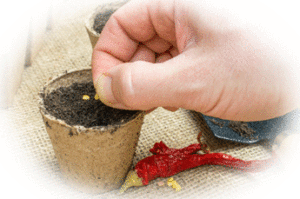
This year I have decided that I will harness every bit of knowledge I have about growing Chillies to find a better way of doing things. I want to control every part of the propagation and growing stages to the Nth degree and find out whether this has the desired effect.
When it comes to plant growth there are two things above the ground that need to be considered. The first is the temperature and secondly is the amount of light. Light is the energy that powers a plants growth through photosynthesis. Without it, plants would be able to grow
Now, my theory is that seeds don’t know what season it is when they germinate. If the conditions are right (i.e. moisture, heat etc) a seed will germinate. From there, the amount of light a plant receives will determine how well it will grow. Temperatures also need to be conducive to growth

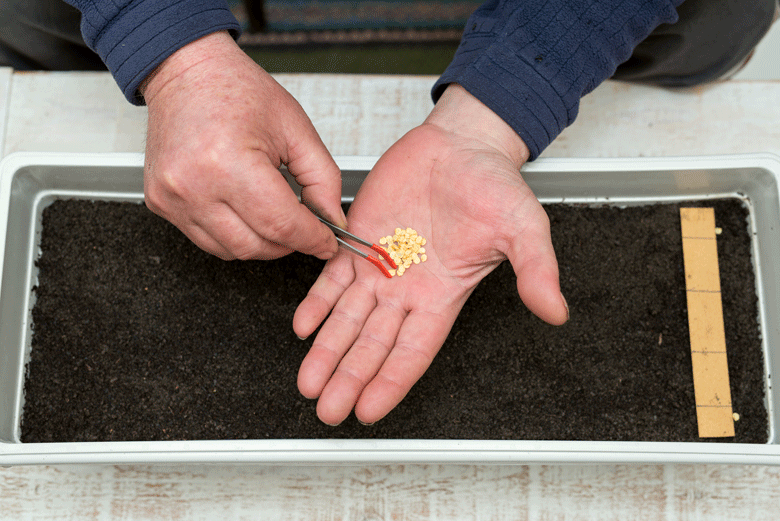
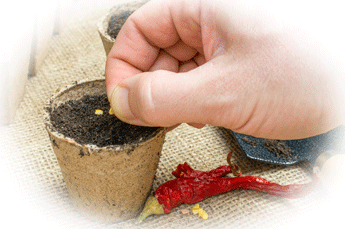 providing the seeds with a means to fight off any
providing the seeds with a means to fight off any 

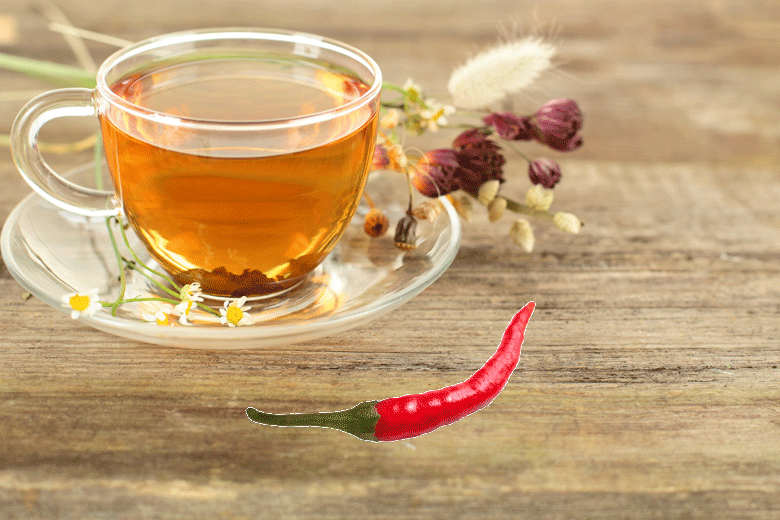
 truth is, I thought I would do some research.
truth is, I thought I would do some research.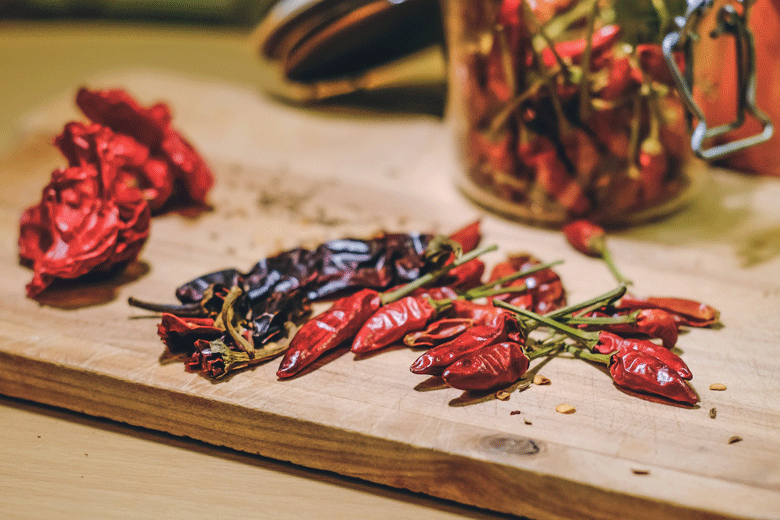 Completely new to growing Chillies?
Completely new to growing Chillies? cardboard egg tray or two, a small bag of general-purpose seed starting compost, a plastic spray bottle, some wooden ice-cream sticks or similar, a marker pen, a teabag (
cardboard egg tray or two, a small bag of general-purpose seed starting compost, a plastic spray bottle, some wooden ice-cream sticks or similar, a marker pen, a teabag (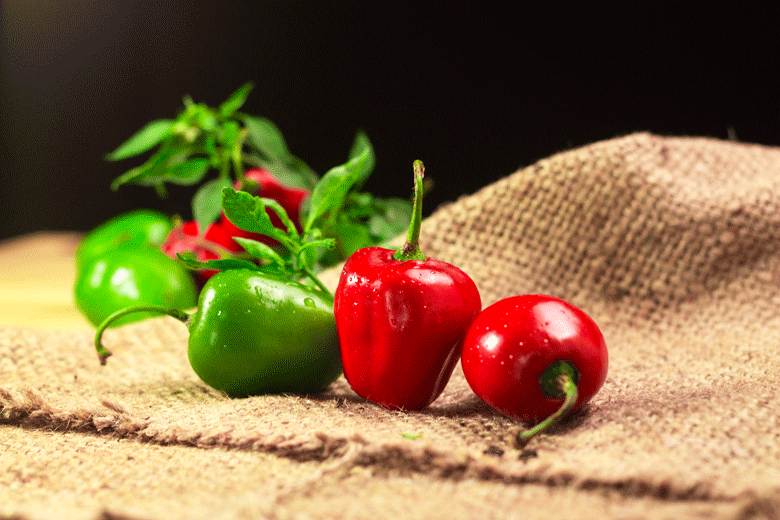
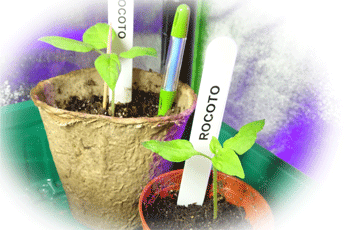 Each of my larger Roccoto plants has one. When the indictor starts changing from blue to white, I know the time has come to give them water.
Each of my larger Roccoto plants has one. When the indictor starts changing from blue to white, I know the time has come to give them water.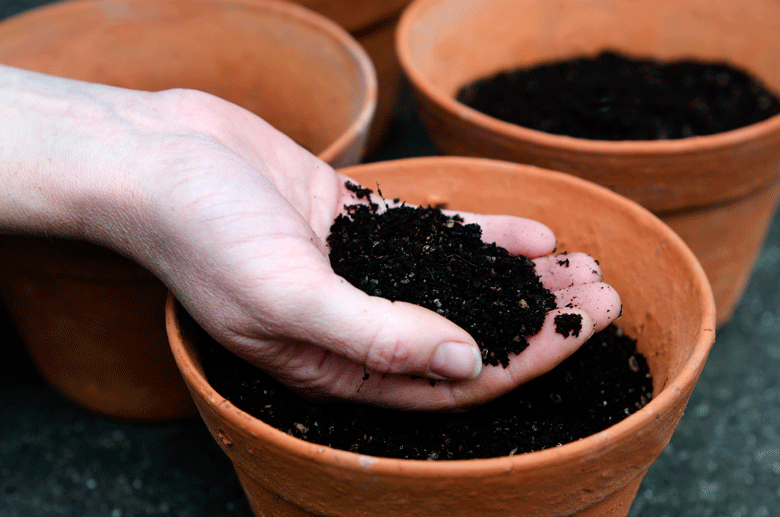 Getting ready for next year
Getting ready for next year


 irst potting on
irst potting on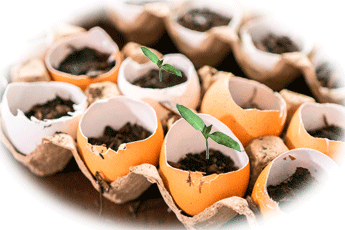 typically sow more than one seed into the pod or pellet I use to start seeds, because it is insurance against failed
typically sow more than one seed into the pod or pellet I use to start seeds, because it is insurance against failed
 free
free